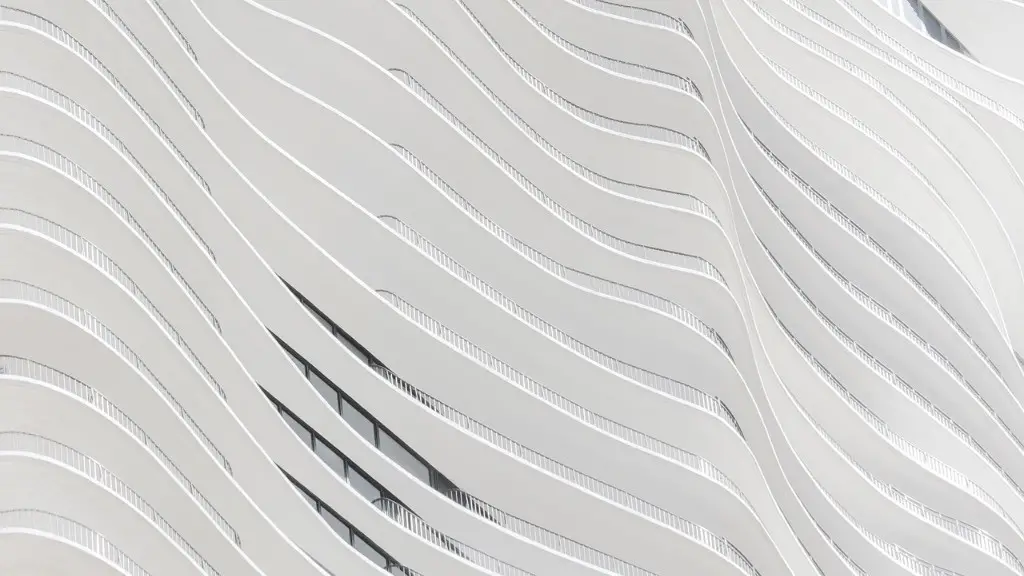Introduction to Concept Design in Architecture
A concept design in architecture is the idea behind a structure. It encompasses the physical design and layout of a building, including all its features, as well as its overall functional purpose. The concept design of a building is usually preceded by a thorough analysis of its site, context, and potential uses. From this, a designer can endeavour to create a plan that is aesthetically pleasing while still being functional and providing the necessary needs of its occupants. Concept design in architecture is a very complex and layered process and involves the integration of multiple disciplines, including architecture, engineering, and other related fields. With the use of modern technology, it is becoming easier for designers to incorporate these different perspectives and create complex structures that still adhere to the original concept.
Techniques Used in Concept Design in Architecture
The techniques used in concept design in architecture involve a systematic design process, which includes research and investigation, data analysis, concept development, evaluation, and testing. First, designers analyze the site and context to gain a better understanding of the project’s objectives and potential. This research can include demographic, economic, and environmental data, as well as artistic and cultural influences. After this information is collected and analyzed, designers can begin to develop conceptual ideas and parameters. Materials, surface treatments, and lighting are all important considerations during this phase. Once a number of concepts have been explored, they must then be evaluated in terms of practicality, cost-effectiveness, and safety. After those considerations have been taken into account, the concepts can be tested and refined before finally being adapted into the construction process.
The Importance of Concept Design in Architecture
The concept design of a structure is what sets the stage for its final realization. This design process ensures that each structure meets the expectations of the client and also creates a unique and memorable space. By integrating various design elements and principles, a designer can bring life to the concept and create a building that addresses the physical, emotional, and aesthetic needs of its occupants. It is also important for designers to keep in mind sustainability considerations when developing the concept. The building’s chosen materials, energy sources, and waste management solutions all play a major role in its overall environmental impact.
The Process of Developing Concept Design in Architecture
The process of developing concept design in architecture begins with a thorough investigation and analysis of the project’s site, context, and objectives. This information then shapes the design concept, taking into account the functional requirements, cultural and aesthetic considerations, and sustainability goals. Once these parameters have been established, the design team can then begin to develop the concept further using various techniques, including sketching, computer-aided design (CAD) modeling, and virtual reality (VR). During each phase, the concept is evaluated and refined to ensure it meets all the necessary criteria. Once finished, the concept is tested and finalized before being adapted for construction.
Criteria Used in Concept Design in Architecture
When developing a concept design in architecture, certain criteria must be taken into consideration. This includes an assessment of the project’s context, objectives, and required functionality. Designers must also consider the cost associated with the development, as well as any sustainability goals that must be met. In addition, attention must be paid to the use of materials and surface treatments, as well as how lighting will be incorporated into the design. Finally, the concept must meet the safety and structural standards required of the specific building type.
Future Trends in Concept Design in Architecture
The concept design process is constantly evolving, as new technologies, materials, and trends continue to shape the field. In the future, it is likely that the use of digital tools and virtual reality simulations will enable a greater level of collaboration, allowing designers to create and test concepts from anywhere in the world. There is also an increased focus on creating structures that are sustainable and environmentally aware. This includes the use of recyclable and energy-efficient materials and the incorporation of green initiatives into the concept. By utilizing these new trends and technologies, designers can create more innovative and memorable structures.
Benefits of Concept Design in Architecture
Concept design in architecture offers many benefits, both to those directly involved in the process and to the wider population. It allows designers to fully explore their ideas and develop them into tangible and functional forms. This process also allows architects to work more collaboratively, which leads to better and more efficient results. And finally, the development of concept designs helps to ensure that the final structure is both aesthetically pleasing and meets the needs of its intended use.
Challenges Faced by Concept Design in Architecture
Despite its many advantages, concept design in architecture does come with some challenges. One of the biggest challenges that designers face is when their clients have unrealistic expectations or unclear objectives. It can also be difficult to satisfy the different requirements of various stakeholders, such as building owners, occupants, and local authorities. Finally, the process of concept development can be time-consuming and complex, requiring the integration of multiple disciplines and technologies.
Impact of Concept Design in Architecture
Concept design can have a profound impact on the built environment. It helps to create unique structures that meet the needs of the people who use them, as well as improving the aesthetics of the surrounding area. In addition, concept design sets the stage for future development, making sure that a building is sustainable and able to adapt to changing needs over time. By understanding the power of concept design, architects and designers can create vibrant and meaningful structures that will stand the test of time.


